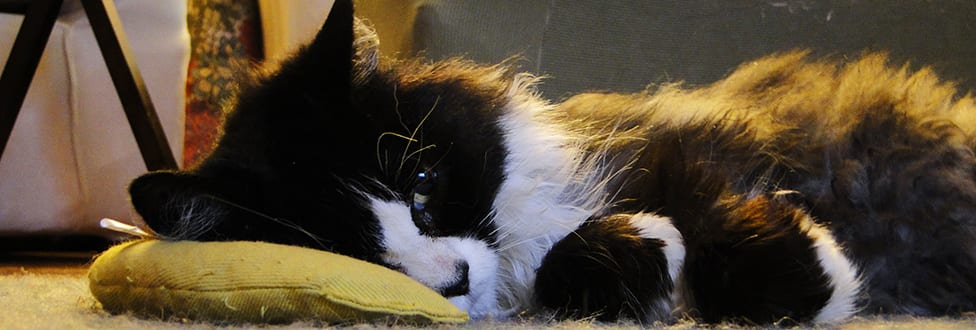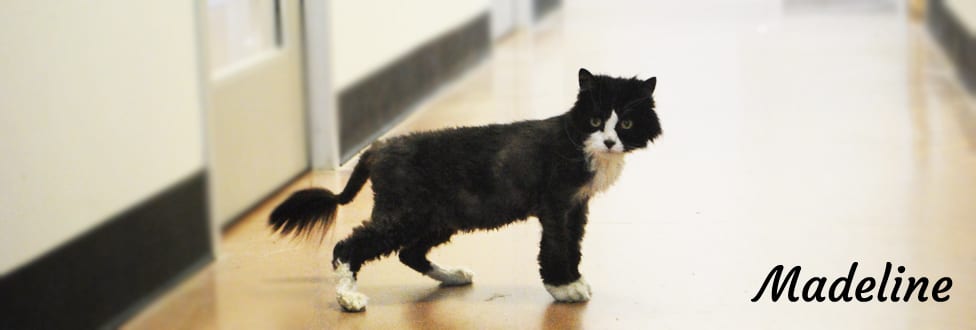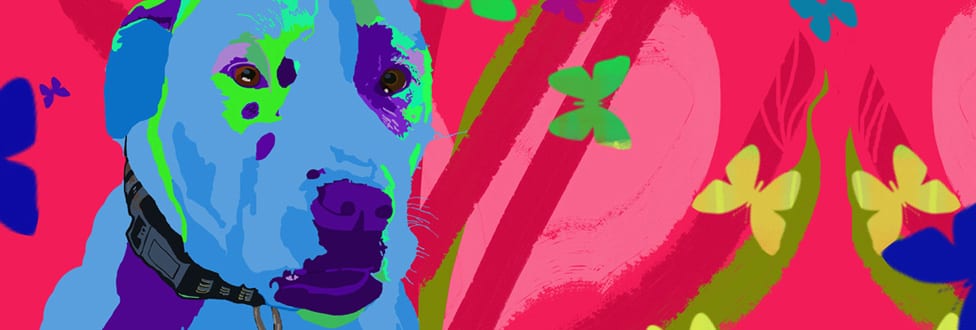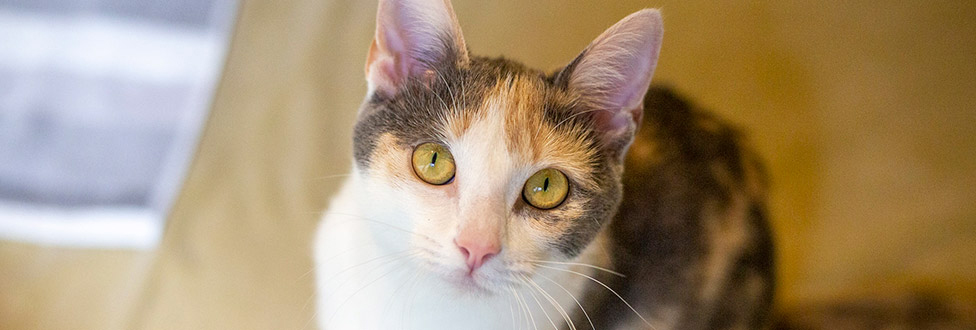Do You Have Feral Cats In Your Neighborhood?
Help keep them safe by building a simple DIY cat shelter in your yard
A “feral” cat is defined as a cat that has had little or no human contact since birth. Many were initially former domestic cats that were either lost or abandoned. In many cases, these cats still depend on human caregivers for food and shelter.
Learn more about ARL’s Community Cat Program
Some feral cat colonies find shelter for themselves under sheds and uninhabited buildings. Living in these structures poses a risk for these cats because their safety is usually uncertain.
To help keep the feral cats in your neighborhood safe from the elements and potential predators, consider building your own shelter. DIY shelters are inexpensive and simple to build. Please keep in mind, there are many ways to build feral cat shelters.
Watch this video to learn how to build your own feral cat shelter:





 Wally’s mom had given birth to him and his siblings about two years ago outside the prison, and continued to live in the vicinity as her family grew up. Prisoners and guards had kindly fed and cared for the cats ever since.
Wally’s mom had given birth to him and his siblings about two years ago outside the prison, and continued to live in the vicinity as her family grew up. Prisoners and guards had kindly fed and cared for the cats ever since.


 1. Food Puzzle Egg Carton
1. Food Puzzle Egg Carton 2. Cardboard Castle
2. Cardboard Castle



